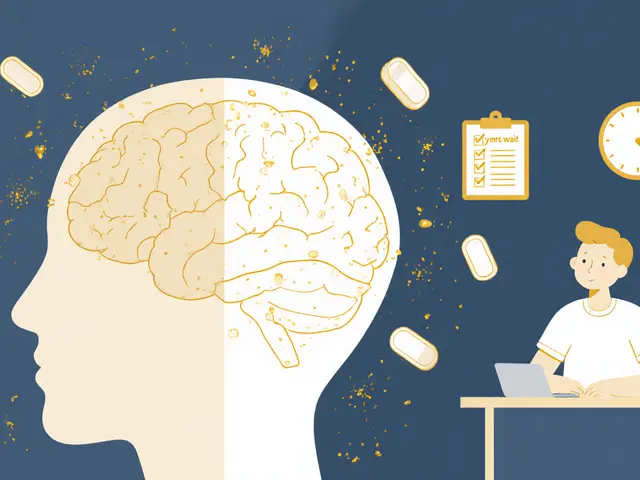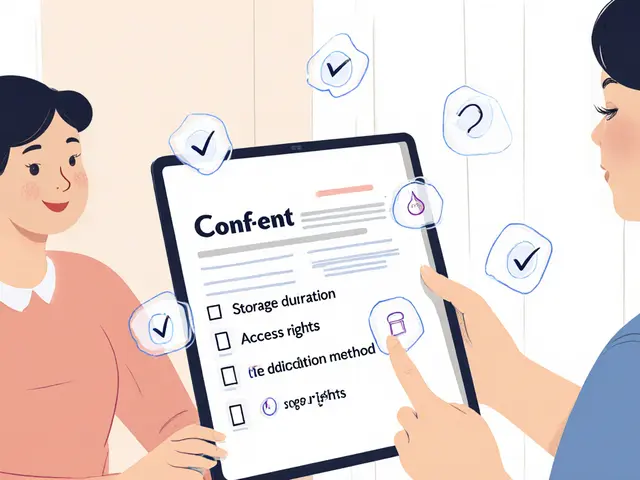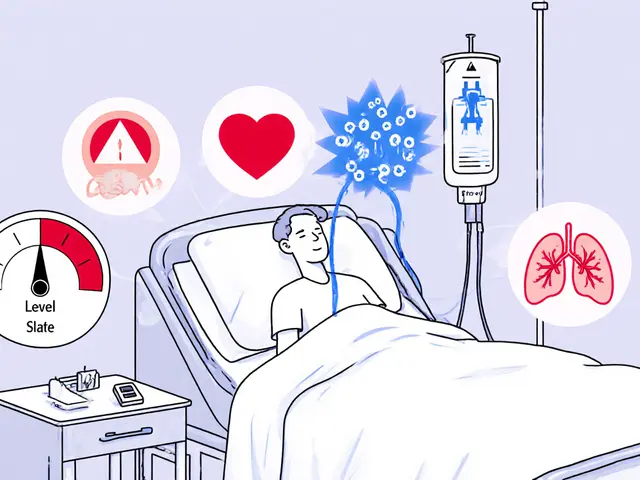Anamnéza v psychoterapii: Co je to a proč je důležitá
When you start therapy, the first thing your therapist asks isn’t about your pain—it’s about your life. This process is called anamnéza, systématický sběr informací o životě klienta, který slouží jako základ pro terapeutický plán. Also known as terapeutická anamnéza, it’s not just a form you fill out—it’s a conversation that helps your therapist understand where you’re coming from, what shaped you, and what might be holding you back. Without it, therapy is like driving without a map.
Anamnéza isn’t just about your symptoms. It’s about your childhood, relationships, traumas, physical health, past treatments, and even your daily routines. A good therapist will ask about your family dynamics, school experiences, work stress, or how you cope when things get tough. They’re not judging—they’re piecing together a puzzle. And if you’ve been to therapy before, they’ll want to know what worked, what didn’t, and why you stopped. This isn’t gossip—it’s evidence. Studies show that clients who give detailed, honest anamnéza improve 40% faster than those who hold back.
It’s also where boundaries get set. If you mention suicidal thoughts, abuse, or self-harm, your therapist needs to know how serious it is—not to scare you, but to make sure you’re safe. If you’ve been on medication, they’ll need to know which ones, at what doses, and how they affected you. Even small things matter: sleep patterns, caffeine intake, how often you move your body. All of this connects to your mental state. Anamnéza isn’t a one-time thing—it’s the foundation for everything that follows. A bad anamnéza can lead to wrong diagnoses, mismatched methods, or even therapy that doesn’t help at all.
And it’s not just about what you say—it’s about how you say it. Some people cry. Others shut down. Some over-explain. Some barely speak. A skilled therapist notices these patterns too. If you avoid talking about your father, or laugh when you mention your anxiety, that’s data. That’s part of the anamnéza. It’s not about being perfect—it’s about being real.
Here’s the truth: most people think the first session is about getting help right away. But real help starts with understanding. That’s why good therapists spend half the first meeting just listening. They don’t jump to solutions. They gather facts. They ask follow-up questions. They take notes—not because they’re cold, but because they care enough to get it right.
In the posts below, you’ll find real stories and practical insights about how anamnéza works in practice. From how to prepare for your first session, to what happens when you withhold key details, to how therapists use this information to choose the right approach—whether it’s CBT, family therapy, or trauma work. You’ll also see how anamnéza connects to other critical parts of therapy: setting goals, building trust, and even knowing when it’s time to switch therapists. This isn’t theory. These are experiences from real people in the Czech Republic who went through it—and lived to tell the story.
Jak probíhá diagnostický úvod v psychoterapii: Anamnéza a formulace problému
Diagnostický úvod v psychoterapii je klíčová fáze, kde se sbírá anamnéza, formuluje problém a uzavírá terapeutický kontrakt. Přístup může být psychiatrický nebo psychodynamický - oba mají své výhody a limity. Základem je důvěra a společné pochopení problému.
Zobrazit více




